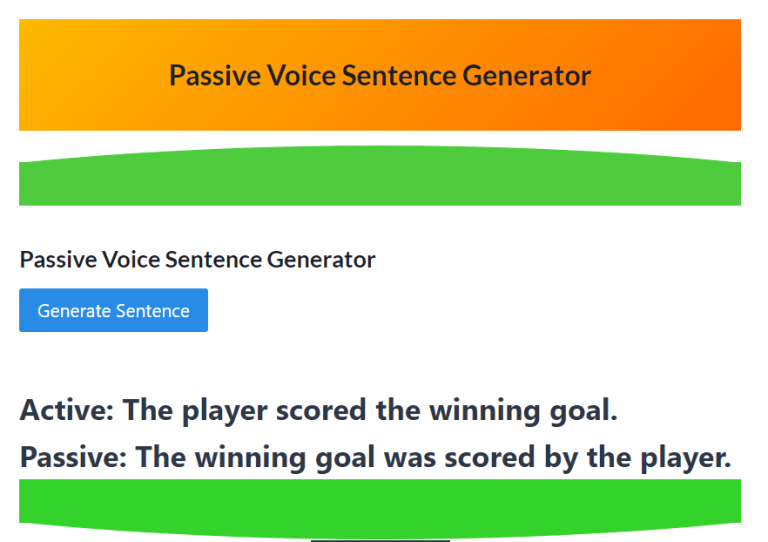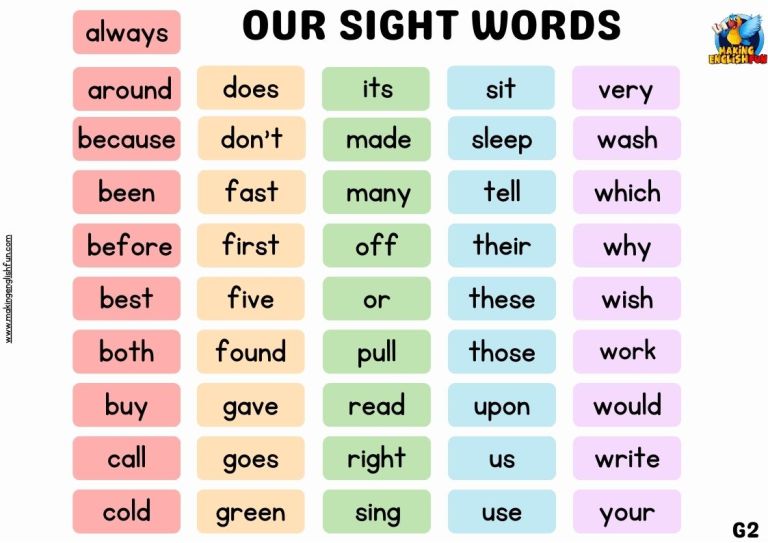Tackling the Educational Digital Divide in Modern College Settings
The educational digital divide is a growing concern in college settings, where unequal access to technology creates significant disparities among students. While technology has transformed education, it has also deepened pre-existing disparities.
Students lacking reliable high-speed internet or modern digital devices often fall behind their peers. It is vital to address the digital divide to create a fair learning environment where every student can excel.
It’s imperative to explore the factors contributing to this divide and implement strategies to bridge the gap, ensuring every student has the opportunity to succeed in an increasingly digital world.

If you’re feeling overwhelmed with your coursework and searching for a paper writing service, it’s essential to understand how the digital divide can affect your studies.
This knowledge can help you advocate for better resources and support systems at your institution.
Additionally, you can get original essays with the help of EssayService, which can provide the support you need to keep up with your academic demands.
Understanding the Digital Divide
The digital divide in education describes the gap between those who have access to contemporary information and communication technologies and those who do not.
This divide is particularly evident in educational settings, where access to technology can significantly influence learning outcomes.
Statistics reveal that a considerable number of students in colleges lack adequate access to essential digital resources.
This disparity manifests in various ways, including limited access to online educational materials, virtual classrooms, and digital tools necessary for completing assignments and homework.
Understanding the digital divide in education involves recognizing these disparities and their impact on every student’s academic performance and overall college experience.
By recognizing and tackling these challenges, institutions can work toward a more inclusive and supportive educational setting.
Closing this gap is critical to provide all students with the resources necessary for academic success.
Furthermore, advocating for policies and initiatives that ensure equal technology access is essential to prevent any student from being disadvantaged in today’s digital world.
Impacts of the Digital Divide on Students
The digital divide presents substantial academic hurdles for students. Those without reliable access to technology often face difficulties completing assignments, participating in online classes, and accessing necessary learning resources.
This disparity can result in decreased academic achievement and heightened stress, making it difficult for students to compete effectively.
Psychologically, the divide contributes to feelings of isolation and frustration as students struggle to keep pace with their peers.
Socially, it can limit interactions and collaborations with classmates, further exacerbating the sense of exclusion. Such obstacles can impede personal growth and development.
Over time, the educational digital divide can have long-term consequences on students’ career prospects and personal development.
It is crucial to mitigate these effects by providing the necessary support and resources to ensure every student has equal chances to excel academically and socially.
By doing so, we can help create a more balanced and fair educational environment, promoting student well-being and success while reducing disparities and fostering a more inclusive atmosphere.
Effective bridging of this gap requires cooperative efforts from educators, policymakers, and community members.
Contributing Factors to the Digital Divide
Several factors contribute to the education and the digital divide. Socioeconomic status is a key factor, as students from low-income backgrounds often do not have access to high-quality digital devices and stable internet connections.
This financial barrier is a primary factor in the digital divide.
Geographic location is another critical factor. Students in rural or remote areas may have limited or no access to high-speed internet.
The difference in infrastructure between urban and rural areas greatly affects students’ access to technology.
Additionally, the availability of digital devices varies significantly, with some students having access to the latest technology while others do not.
Digital literacy levels also contribute to the digital divide and education, as students with lower digital skills struggle to utilize available resources effectively. Institutional support and resources can either mitigate or exacerbate these disparities.
List of Contributing Factors:
- Availability of digital devices
- Digital literacy levels
- Institutional support and resources
Addressing these contributing factors requires a comprehensive approach that includes digital divide education initiatives aimed at providing equitable access to technology and enhancing digital literacy skills among all students.
This multifaceted approach is essential for creating a more inclusive educational environment.

Strategies to Bridge the Digital Divide
Bridging the digital divide in education involves implementing a range of strategies aimed at providing equitable access to technology.
Institutions can launch initiatives to equip students with digital devices like laptops or tablets and guarantee reliable internet connectivity. These measures are vital for creating an even playing field.
Government policies and programs play a crucial role in supporting digital inclusion by funding technology infrastructure and offering subsidies for internet access.
Such policies are instrumental in lessening the financial strain on students and their families.
Non-profit organizations and community efforts can also contribute by providing digital literacy training and resources to underserved students.
List of Effective Strategies:
- Providing subsidized or free internet access
- Distributing digital devices to students in need
- Implementing digital literacy programs
- Developing inclusive online learning platforms
Additionally, seeking objective reviews of Essay providers can help students find a reliable essay writing service to manage their academic workload, further supporting their educational journey.
By adopting these approaches, colleges can help bridge the gap and ensure that all students have the tools they need to succeed.
Conclusion
Addressing the educational digital divide is essential for creating an equitable educational environment where all students can thrive.
By understanding the factors contributing to the divide and implementing effective strategies, institutions can provide the necessary support to ensure equal access to technology.
This involves not only providing digital devices and internet access but also enhancing digital literacy skills and offering comprehensive support services.
Collaboration among colleges, governments, non-profit organizations, and communities is essential in closing the educational digital divide and ensuring all students have the chance to prosper.
By implementing these steps, including funding initiatives and policy adjustments, we can foster a more inclusive educational environment that empowers every student to reach their highest potential.
Bridging this divide is a collective effort that requires ongoing commitment and innovative solutions to support every student’s educational journey.
These actions will help diminish disparities and cultivate a more supportive educational atmosphere.
Author Profile
Content Writer Nicole Hardy is celebrated for her detailed and thoughtful journalism within the realms of education and the arts, with a special emphasis on performing arts education.
Over the course of her decade-long career, Hardy has earned a reputation as a trusted expert in her field. Her writing is marked by thorough analysis and a captivating style of storytelling. She earned her Master’s degree in Journalism from the University of Arts, with a focus on arts and culture journalism.







